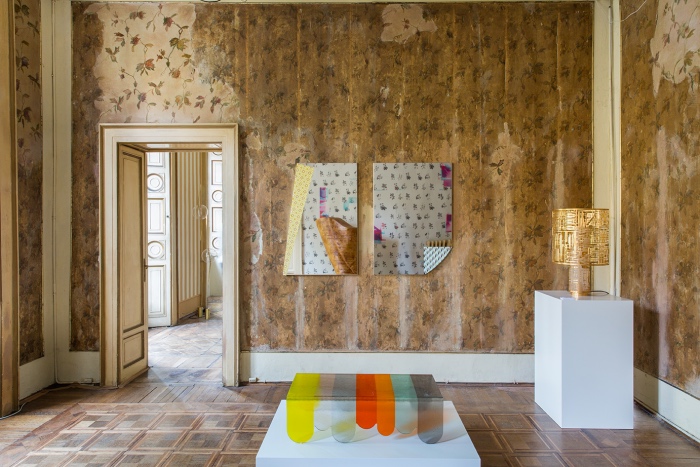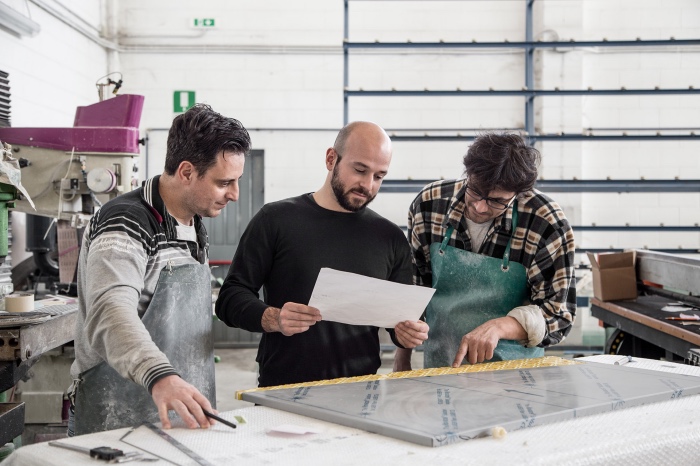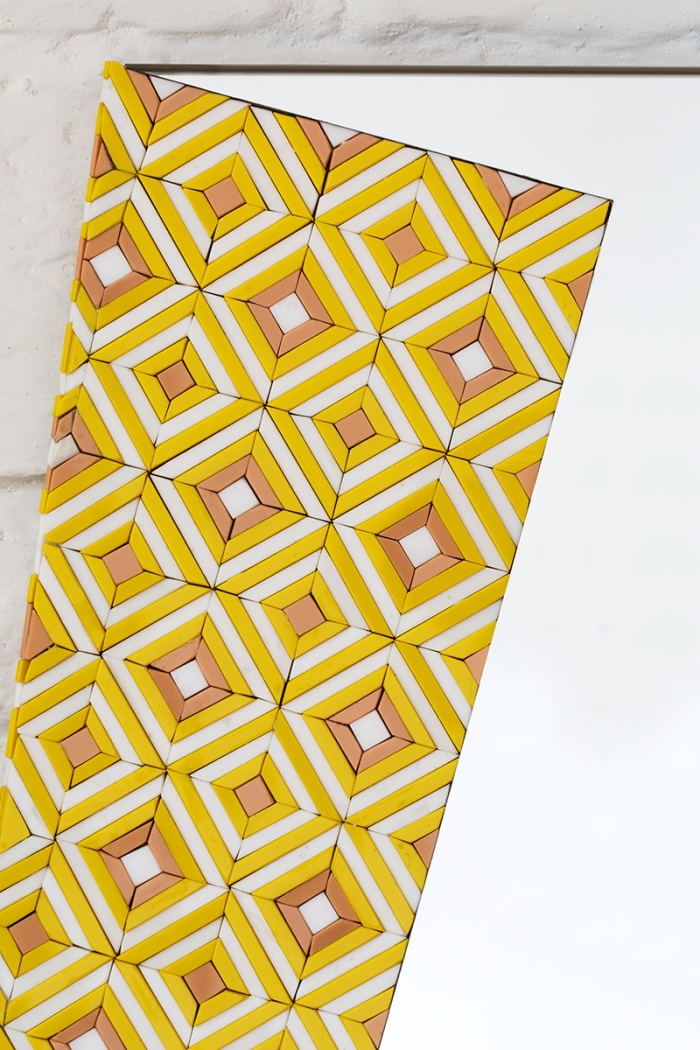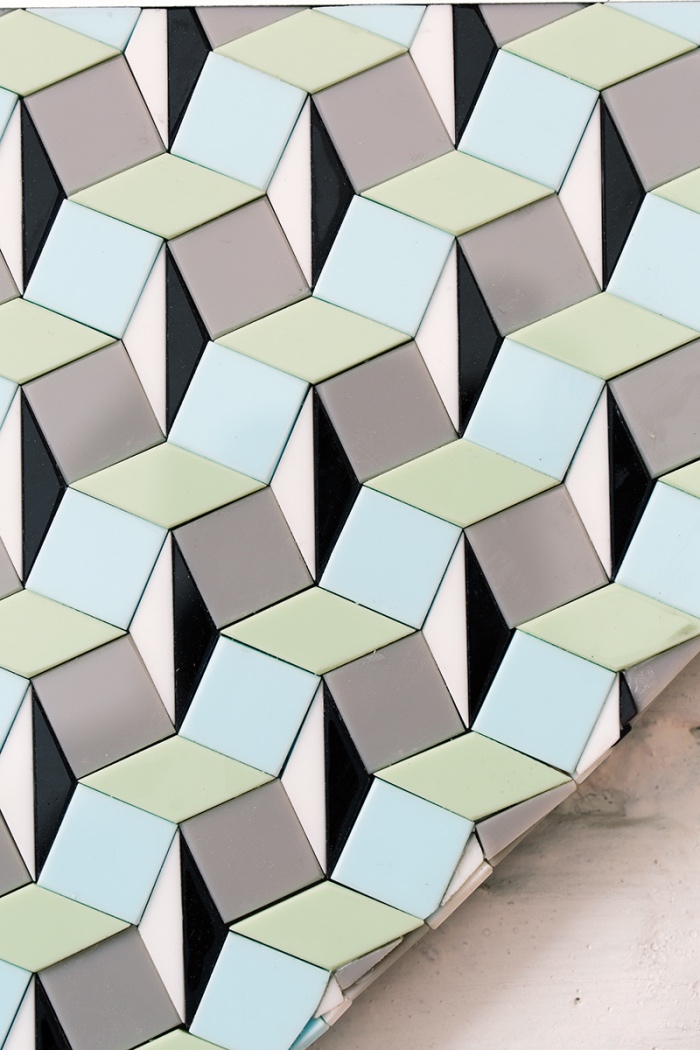
NEW LIFE TO OPALINE GLASS WHICH COMBINES WITH STEEL IN THE INNOVATIVE PROJECT BY DESIGNER VITO NESTA
Glass is a very ancient material and glass for interior in a great idea.
In the past great masterpieces were created, but still today this material is capable of inspiring artists, and especially designers.
One of the exhibitions I suggested that you visit on the occasion of the Venice Biennale 2017 is dedicated to Ettore Sottsass and his relationship with glass.
During the last Salone del Mobile designer Vito Nesta presented an innovative project which combines a material of the past, such as opaline glass, with a modern material, such as steel.
With the project RISVOLTI, realized in collaboration with Effetto Vetro, opaline glass, which is gone out of production since the 1950s, is associated to Supermirror steel.
I addressed some questions to Vito Nesta, in order to understand where the idea came from, and how important the relationship between tradition and innovation is to him.
READ ALSO: Kartell celebrates the 50th anniversay of the Componibili.

We looked through the archive of glasses, some of which are out of production, such as the 1950s opalines, and we decided to create a decoration made up of opaline glasses.

I believe manufacturing industries and workshops which embody the excellence of the Italian ability to create very high quality products, should be safeguarded and supported.
For years we have forgotten the importance of these realities, now, instead, there’s a change of direction, and industry is making way for innovative handicraft.
These memories are contaminated by all the influences derived from people I meet, journeys I make, places I visit.
Everything enters and gathers in a huge melting pot, and when I work these images emerge and I use them.
READ ALSO: Zaha Hadid for Alessi.

website – http://www.vitonesta.com

